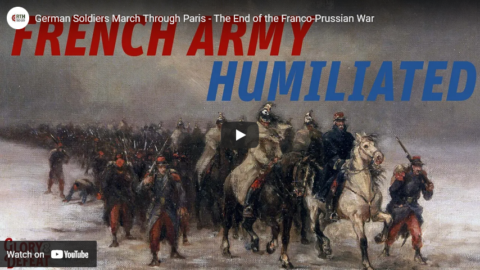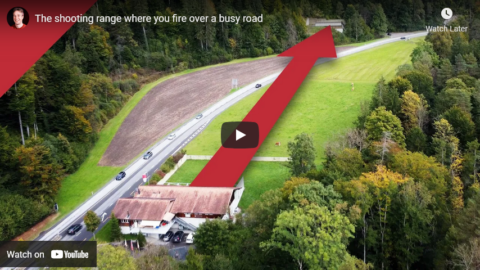Jon Miltimore on Argentine President Javier Milei’s visit to the World Economic Forum in Davos earlier this month:

Argentine President Javier Milei speaking at the World Economic Forum gabfest in Davos, Switzerland, January 2024.
Photo by Flickr – World Economic Forum | CC BY-NC-SA 2.0
Javier Milei went to Davos to attend the 54th annual World Economic Forum (WEF) meeting last week.
Attendees of the meetings — often derided as global elites who bask in their pomp, privilege, and luxury as they try to address global problems with collectivist solutions — received a jarring message from Argentina’s newly-elected president: you are the problem.
“Today I’m here to tell you that the Western world is in danger,” Milei said in his prepared remarks. “And it is in danger because those who are supposed to have to defend the values of the West are co-opted by a vision of the world that inexorably leads to socialism, and thereby to poverty.”
[…]
This is just a sprinkling of the topics discussed in Davos, of course, but you’ll notice a common current that runs throughout them: the solution to virtually every problem requires more government and “collective action”, and less freedom.
This is precisely the kind of thinking Milei, a self-described libertarian, took aim at in his speech, which was a clarion call for leaders to reject collectivist thinking and embrace individual freedom.
“The main leaders of the Western world have abandoned the model of freedom for different versions of what we call collectivism,” Milei told the audience. “We’re here to tell you that collectivist experiments are never the solution to the problems that afflict the citizens of the world; rather they are the root cause.”
As Milei pointed out, few can better attest to the failures of collectivism than Argentines. The country surged to prosperity in the latter half of the nineteenth century, only to experience a massive drop in prosperity due to its embrace of Peronism, a blend of fascism and socialism named after the left-leaning revolutionary Juan Domingo Perón (1895–1974) who dominated Argentine politics for decades following his initial ascent to power in 1946.
While many of Milei’s predecessors, such as the jet-setting Cristina Fernández de Kirchner, a self-described Peronist and progressive, were delivering international speeches in Copenhagen about tackling climate change through “a new multilateralism”, Argentines watched their country slowly collapse into poverty.
By embracing protectionist trade policies and rampant government spending, Peronists set Argentina’s economy on fire. By 2023, 40 percent of the population was in poverty and inflation had reached more than 140 percent due to massive money printing. Because of the constantly eroding value of pesos, Argentine merchants are compelled to update prices on chalkboards throughout the day.
The human disaster in Argentina was not caused by climate change or AI or “misinformation”.
It was caused by Argentine politicians and bureaucrats abandoning free-market capitalism, an economic system that brought about unprecedented human prosperity across the globe, and a stark contrast to its various collectivist counterparts — fascism, Peronism, communism, anti-capitalism, etc.
This is why Mr. Milei called capitalism the only “morally desirable” economic system, and the only one that can alleviate global poverty.






